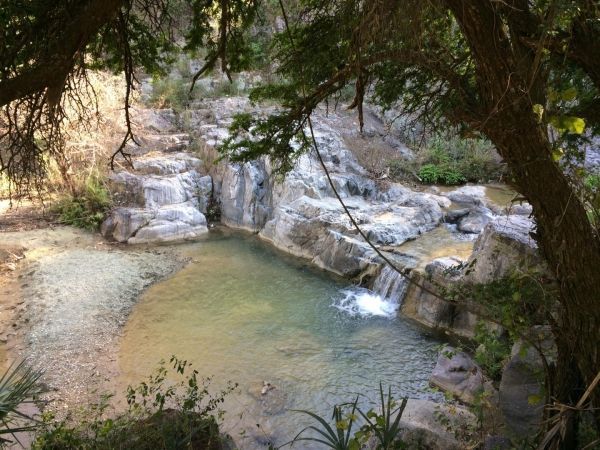A major volcanic event could have triggered one of the largest glaciations in Earth's history – the Gaskiers glaciation, which turned the Earth into a giant snowball approximately 580 million years ago. Researchers from Heidelberg University and colleagues from Mexico have discovered remnants of such a large igneous province that resulted from vast lava flows. At the time, it extended over three continents, which today comprises the Earth's crust in parts of Mexico, North America, and northern Europe. The basaltic eruptions must have covered an area of at least a thousand kilometres in diameter. The results of the research were published in the journal “Geophysical Research Letters”.
Volcanism is a natural process that releases the greenhouse gas carbon dioxide (CO2) into the atmosphere. Weathering of silicate rocks on Earth’s surface traps atmospheric CO2 and sequesters it in carbonate rocks. “That guarantees long-term stability of Earth’s temperate surface conditions in comparison to the hostile environment of its cosmic neighbours, hot Venus and cold Mars,” explains Prof. Dr Axel K. Schmitt of the Institute of Earth Sciences at Heidelberg University. Disturbances of this equilibrium, however, are known to have occurred throughout Earth’s history. “At the end of the Proterozoic Eon, there were three worldwide glaciations. From space, the Earth would have resembled a snowball,” adds the geoscientist.
Extreme volcanic outpourings resulting in so-called large igneous provinces could be responsible for these Snowball Earth global glaciations. When continental land masses break up, it causes a volcanic binge that also releases massive amounts of CO2 into the atmosphere, which can cause short-term global warming. Then, however, the lava rock begins to weather. “The weathering process is especially intense at tropical latitudes. Over timescales of millions to tens of millions of years, the weathered rocks can sequester sufficient carbon dioxide to plunge Earth’s climate into an extreme ice age,” explains Prof. Schmitt.
Read more at University of Heidelberg
Image: Basaltic dykes with a newly determined Age of 619 Million years in Novillo Gneiss, Tamaulipas (Mexico). Dark grey dykes cut whitish gneiss in centre of image. (Credit: Source: Bodo Weber (CICESE))


